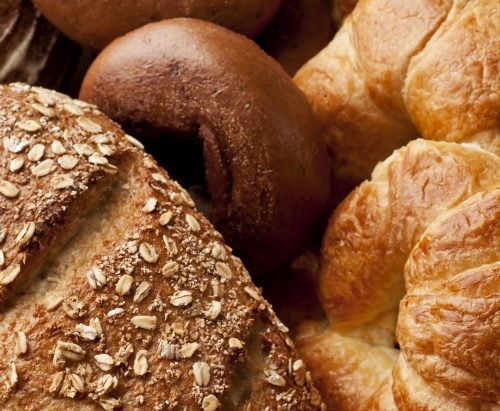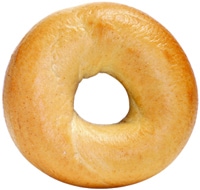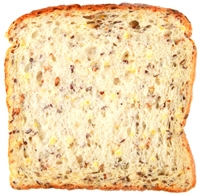
Most of us know that standard white bread has little to recommend it nutrition-wise, but what about croissants and bagels?
We compare a croissant (90g), a plain bagel (90g) and 2 slices of multigrain bread (74g).
1 croissant

17.3g fat
10.1g saturated fat
6.1g protein
2.6g fibre
36g carbohydrates
1 plain bagel

1.2g fat
0.2g saturated fat
8.4g protein
2.2g fibre
47g carbohydrates
2 slices multigrain bread

1.6g fat
0.2g saturated fat
7.3g protein
4.8g fibre
34g carbohydrates
Energy, fat, saturated fat
The amount of butter that goes into making a croissant means it stands out for its high kilojoules. But most disturbing is the amount of saturated fat — over 40 per cent of the recommended limit in an average 8700-kilojoule day. Bagels are low in fat, but the grainy bread, as well as weighing less (74g), is also low in fat so it’s much lower in kilojoules.
Protein, fibre
Protein and fibre add to satiety, that feeling of fullness, so with the croissant lower in both we can see why it won’t fill us up as much as the grainy bread. The bagel has a third more protein than the croissant, but less fibre. With less than half the fibre of the grainy bread and only marginally more protein, the bagel also won’t fill us up as much as the grainy bread.
Carbohydrates
The bagel is higher in carbs, but in the overall context the other nutrients are of more interest.
Winner: Multigrain bread
Multigrain bread is an excellent source of folate as well as providing other vitamins and minerals. Croissants and bagels are nutrient-poor, so keep them as occasional treats.
www.healthyfood.com










